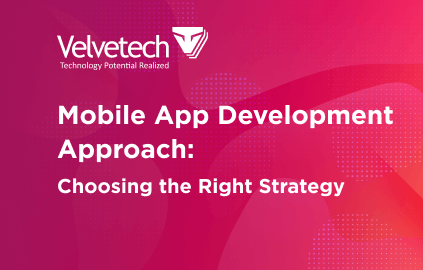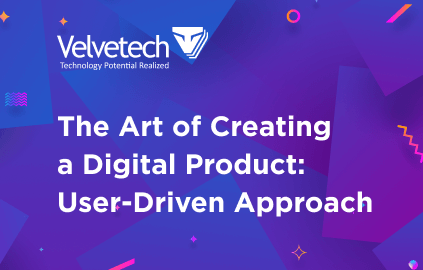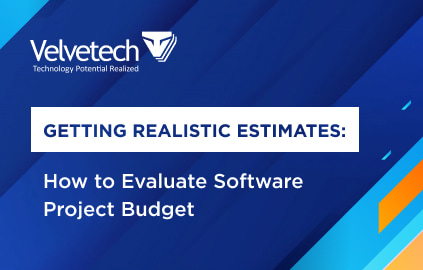MVP is not necessarily the Most Valuable Player as most sports lovers would think. When it comes to IT products, it is simply an acronym meaning Minimum Viable Product. It’s a common yet important term in the registry of words for mobile app development.
I would define MVP as the initial adaptation of an original product concept that enables a product owner to collect highly detailed and validated knowledge about consumers of such a product.

In the excitement of an idea for a mobile app, you may come up with a lengthy wish list of alluring features that might not be actually needed for your app. Creating an MVP will help you understand how your target users respond to the purpose of your app and show if the objective of the app is actualized.
Having understood the importance of an MVP, we are going to consider how to create a priority list of features for it in accordance with your objectives and goals.
Choosing a Winning App Development Strategy
Watch our webinar to uncover effective mobile development approaches and launch your app.
First, Set Your Product Vision & Strategic Goals
Whether you are a Founder, Product Manager, CEO, or CTO, the first point of call is your business goal as an organization. Your aim is to see how you can put together efforts and plans to achieve your project vision and strategic goals. This entails identifying your user target and the market value of your application.
The essence of vision and goals is a practical guide of your product strategy into actionable deliverables. Put a spotlight on your customers’ wants and needs. Irrespective of your market type, be it B2C, B2B, or B2G, ensure that all your business goals are connected and related.
Differentiate between your immediate and future goals to coordinate the design. Acknowledge and separate what features should be in the initial product launch of the application from the features that will be added subsequently with time.
Learn more: How to Get the Best Business Analysis for Your Mobile App
How to Prioritize Features For Your Mobile App MVP
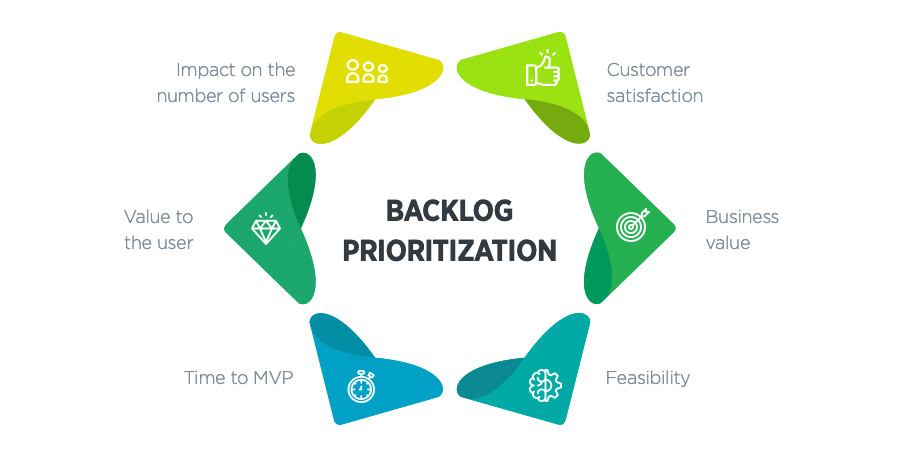
The question to be addressed here is actually between a long list of what your app could do and the reality of what your MVP should do. You need to think it over if the listed features will actually affirm the use of your application.
The solution you are developing must be in tune with your value statement, blueprint, or whitepaper. Your focus should be on making a minimal version of the product that validates the concept of your mobile app with the lowest form of risk.
Usually, in the course of a project, more needed features are revealed. If you don’t judge accurately between the “must be, should be, could be, and won’t be” (MoSCoW) functionality, it can affect the product negatively.
Initial app features that will be prioritized should cover only those that will help your app attain market value through user demand.
Read also How to Drive App Engagement and User Retention
Distinguish between User Wants and User Needs
Draw a clear line of understanding between what your users want and what they need. Deliberate with your team about the importance of every feature listed and how to strike a balance between the must-haves and nice-to-haves.
The adaptation of numerous customer-requested features in the early stages can bring about a confusing user experience, hence defeating the true purpose of the mobile app product.
User-Driven Approach
Watch our webinar and learn the top ways of reducing poor user satisfaction, low adoption rates, and decreased loyalty.
Consider the Ratio of Feature Value to the Number of Users
The value of some features can only be appreciated with a large and substantial product user base. Such features don’t have to be implemented from the go. Instead, they can be resurrected from your product roadmap for future iterations of the app when the right time comes.
Research Third-Party Services
When making your choice of features, you have to consider how much time it takes to implement them. For instance, you want your users to be able to message each other. You don’t have to make a chatting service from scratch. It will waste your time and resources.
There are many third-party chat services for iOS and Android that will take a very short interval of time to implement. Dedicate time to do some research to reveal the third-party services that will be of value to the app.
Use Metrics to Drive Your Roadmap
Professionalism demands that you define the primary key performance indicators at the earliest. It helps to determine which areas to focus upon to improve future versions of the app.
The nature of your app is the dependent factor. Your production stage, business type, and product type are determinants for your choice of key primary indicators. An MVP will be a pointer to what KPIs are of importance.
You have to take a business approach in deciding your choices of customer success metrics. Some of them are as follows:
- Customer satisfaction
- Increase in lifetime value
- Adoption rates
- Retention rates
- Churn rate
- Daily/Monthly active user
- User growth
- Acquisition costs
- Average revenue per user
- Return on Investment
From your MVP, the monitoring of the success metrics mentioned above, and subsequent reconciliation with your business plans and objectives of your product roadmap will help you understand how users interact with your product.
Learn more: 3 Top App Store Optimization Tools
Monitor Functional Customer Feedback Channels
Provisions must be made for receiving your user feedback. This is technically mandatory for a mobile app MVP. The reason being the fact that this feedback will help your product development team make data-driven decisions concerning every level of the development. Another plus is that it helps to decide what features to prioritize in future upgrades of the app.
Do Competition Analysis
Comments on similar products from blogs, support pages, product reviews, and social networks will be a chance to find out what is fascinating for your users and not. You will also get insights into what your users anticipate and how you can beat your competitors.
Restructure your Roadmap
Roadmaps for app developments are liable to change. You should envisage such changes after you launch the mobile app MVP.
To make a winning app, you need to focus on the success metrics and gear upon them. With the resulting information from your users, you can track user behavior, observe what is being done well and what needs to be improved.
Your development team can then make improvements on lacking issues and decide what should be the paramount changes in the main product. After this, you can proceed to apply strategic changes. The changes you implement should be in correspondence with key performance indicators for the product and should align with the new roadmap.
Learn more: Why MVP Apps Fail and How to Build a Killer MVP App
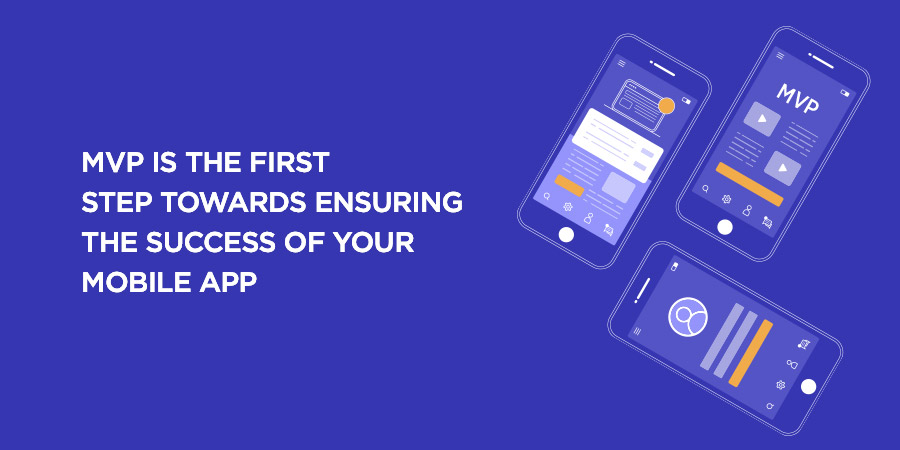
Top Techniques to Prioritize Features
So above, we mentioned the tips on how to prioritize the features for an MVP. In addition to those, there are several robust techniques that aim to help you efficiently define the key features of your mobile app and set in the right order the whole process.
Of course, before using this or that method, you’ll need to dig deeper to understand which one suits you the most and can bring maximum value to your unique situation.
For now, we’ll list the most popular approaches for your mobile product feature prioritization. Each of them will allow you to compare features, highlight the most critical ones, and take into consideration the user’s preferences.
MoSCoW
The first method of product prioritization that comes to mind is MoSCoW. It helps you to divide your features based on four categories:
- Must-Have. Including features that your app can’t go without or simply can’t be viable.
- Should-Have. The ones your product can work without, but it’s better to implement them at the first stage.
- Could-Have. These will help you stand out from the competition; it’s not necessary to develop them now, but you’ll want to add them later when working on a full-fledged solution.
- Wouldn’t-Have. Your product can easily live without these; however, it’s good to reconsider them when you approach delivering a full-featured app.
RICE Scoring
The RICE scoring method defines which features of your MVP applications to include first based on one simple formula and four criteria. They include:
- Reach. How many users can be reached?
- Impact. How many users can be affected?
- Confidence. What’s your level of confidence in the previous two parameters?
- Effort. How much effort will it take to deliver this feature?
Once that is done, you can use the formula below to score the features.

Kano Model
The Kano model is a bit similar to the MoSCoW method. All features can be split based on the four parameters:
- Basic features. Usually the most expensive ones but you can’t do without them.
- Neutral features. Can be added but don’t make much difference in terms of value.
- Performance. Work well for improving overall user experience and app performance.
- Satisfaction. Make your app attractive for users and add a competitive advantage.
Effort and Impact
This MVP feature prioritization approach is also called value and complexity and helps you determine how much effort you’ll put into development and how much value you’ll get in the long run. You can draw the matrix with impact and effort axes and sort the features according to the priorities:
- Fill-ins
- Quick wins
- Reconsider
- Major Projects
User Story Mapping
Likely the most popular method of figuring out what functionality to implement first in your MVP application. It involves visualizing how users will interact with the app, what they will need the most, and what actions they will take. It usually starts with defining a goal for users and then creating an entire map of their journey across the app.
Feature Priority Matrix
This one is again quite resembling the MoSCoW technique, yet it has its distinctions. First, you rate the features based on effort, impact, and risks. Then you divide them in accordance with four criteria:
- Must-Have
- Can-be-Done
- Nice-to-Have
- Waste-of-Time
Next Steps
In the format of most mobile app development companies, sorting the subsequent set of deliverables into themes is the next step after a strong definition of your product path. These themes are groups of related features and initiatives that help the user accomplish a specific task.
Your theme for a shopping app can be “shop in 5 taps”, and it will encompass all the support features, enhancements, design, or even bug fixing. Themes help you maintain a qualitative roadmap where you can switch the lane of features while keeping to the work plan. It will be a communication and demonstration of value to your users and stakeholders as well.
Project Estimates
Watch our webinar to learn about the practical ways to evaluate your software project estimates.
Are You About to Make a Mobile App MVP?
The insights gained from an MVP can be capitalized on to plan and prioritize a standard product roadmap. The knowledge and experience from a mobile app MVP can help to expand the use and acceptance of such an app and highlight the actionable features, deliverables, and risk assumptions related to the app. The result is an immediate revelation if the product is viable or not in accordance with user and market standards.
Are you a new startup or existing business owner with the desire to develop or improve an existing application? Velvetech team possesses skilled and experienced developers for native and cross-platform mobile projects. Contact us today for a consultation and inquire about our mobile application development services.
